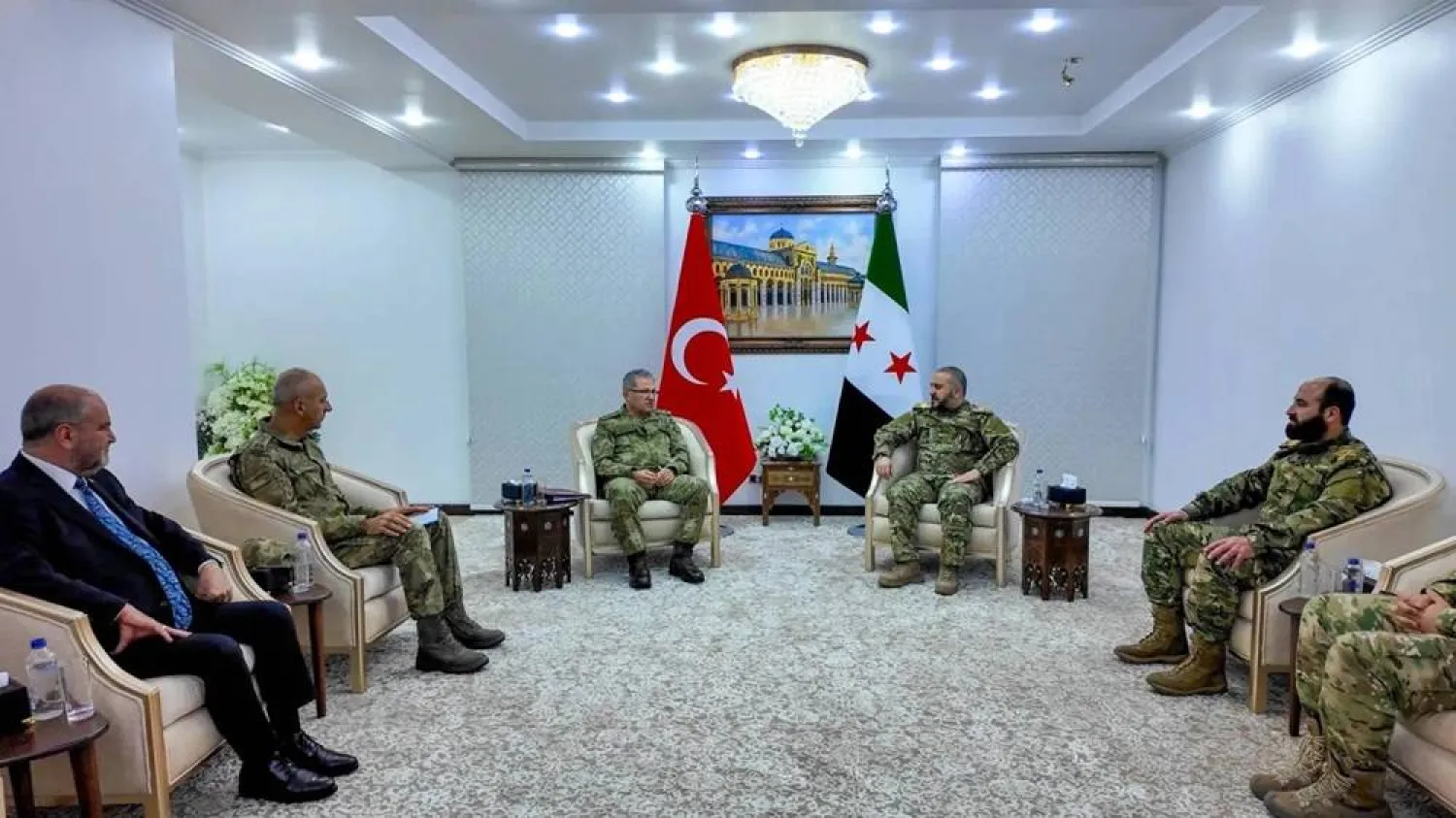An announcement by the Lebanese Army Command on the arrest of 18 ISIS-linked suspects has raised concerns that the terrorist organization was planning to regain foothold in the country.
The Army statement on Monday spoke about a series of operations launched over the past two weeks by the Intelligence Directorate in the Arsal region – on the eastern border with Syria - that led to the arrest of Lebanese and Syrians linked to ISIS.
Military sources told Asharq al-Awsat that investigations were underway to arrest other suspects and uncover their plots.
“[The recent arrests] are an achievement, especially as the Lebanese Army is already overstretched with various missions, whether at the border or internally, with the deteriorating living conditions, protests, the Covid-19 pandemic and other challenges that drain its forces,” the sources said.
Observers noted that in light of the political crisis and the continuous failure to form a new government, some parties might be seeking to revive extremist organizations in Lebanon.
They pointed to a link between the movement of ISIS in Syria and the terrorist group’s resurgence in Lebanon.
The Syrian Observatory for Human Rights (SOHR) reported that the organization was seeking to make a comeback, after “reuniting” its elements scattered in the desert, as well as in areas controlled by the Syrian Democratic Forces and those under Turkish influence.
Riad Kahwaji, the head of the Institute for Near East and Gulf Military Analysis (INEGMA), said that extremist organizations usually stage a resurgence when there is a power vacuum and central governments are weak, “but most importantly, where sectarian tensions arise.”
“ISIS was defeated and expelled from many regions, but it has not been fully eliminated,” Kahwaji said. “As long as this organization remains a doctrine and a way of thinking, it works to fill the vacuums created by the absence of power in failed states and where governments are weak.”









